Periodontal Disease In Cats - How Dangerous Is This Health Problem
12.10.2022.
Periodontal disease or gum disease is commonly found in older cats. It is bacterial infection and inflammation of soft tissue that surrounds and supports the teeth. It causes the weakening of the teeth-supporting tissues.
What is periodontal disease in cats?
Periodontal disease in cats is a progression from gingivitis, a gingival inflammation caused by plaque accumulation. By chewing food, bacteria are allowed to accumulate along a gingival margin. Then it forms plaque, which combines with saliva and minerals and forms calculus.
Calculus causes gum irritation and inflammation called gingivitis. Gingivitis is considered the first stage of periodontal disease in cats- inflammation of the marginal gingiva. By the time calculus builds up under the gum and form spaces where bacteria grow. This usually leads to bone loss, tissue destruction, and resorption of the teeth.
Causes of periodontal disease
Gum inflammation in cats is caused by a variety of factors. The most important factor is bacterial infection. Bacterial growth under the marginal line leads to inflammation and pain.
The most common bacterias in cats are
- Peptostreptococcus
- Actinomyces
- Porphyromonas spp.
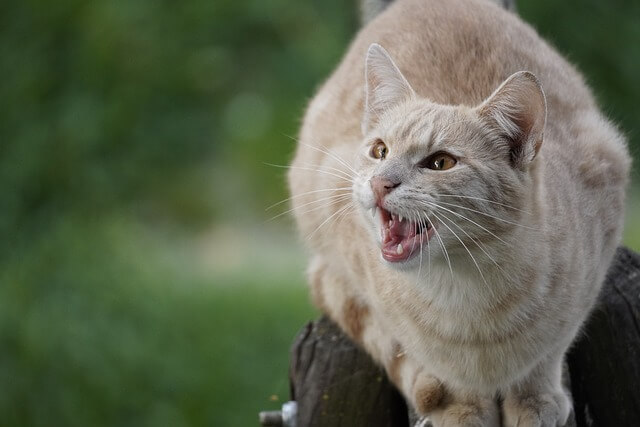
Some studies have also shown a relationship between FIV, FeLV, or a history of calicivirus infection with gingivitis.
Also, some other factors can be a significant risk for developing periodontal diseases, such as
- Diabetes
- Stress
- Hormonal changes
- Diet with low nutrition
- Hereditary factors
Also, a soft diet can lead to the accumulation of plaque and periodontal disease. Usually affects older cats, with no breed or sex disposition.
Symptoms of periodontal disease
Periodontal disease in cats has 4 grades. The disease generally begins with one tooth inflammation, and grade 1 is confined to tissues of the marginal gingiva. Sometimes edema and gingival bleeding may occur, and this indicates grade 2. Grade 3 includes pustular bleeding and 25% attachment loss. Grade 4 includes mobility and severe bone loss; this is also called advanced periodontitis, gingiva tissue will usually recede, and the roots of the teeth will be exposed.
Periodontal disease in cats may prograde to stomatitis, which is inflammation of all gum tissue and also may affect the other tissues in the mouth; and usually occurs due to an overactive immune response to even small amounts of plaque.
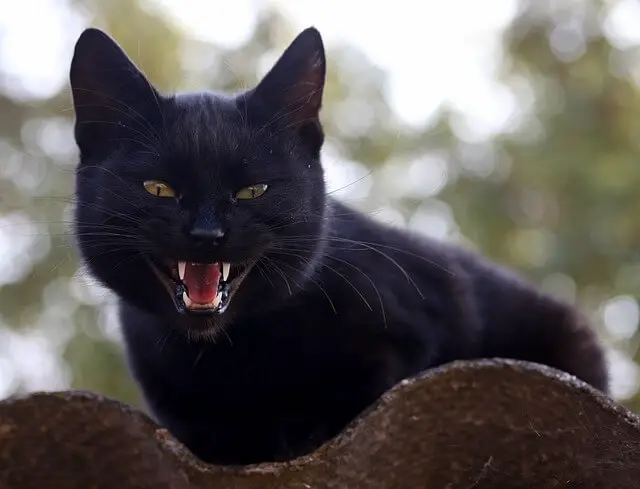
Diagnosis
From anamnesis, owners usually notice that their cat eats less, chews harder, or chews only on one side. During clinical examination vet will check the mouth, searching for red and inflamed gingiva, which may bleed under gentle pressure.
A lot of plaque or calculus is seen on the tooth/teeth. During diagnostic procedures, x-rays are also important because they can show loss of density and sharpness of the root socket and, in advanced stages, bone support around the root of the affected tooth.
Treatment
The ultimate goal of periodontal therapy is to control plaque. Sometimes treatment includes
- professional teeth cleaning
- polishing
- hand scaling
- irrigation
- application of fluoride.
In advanced stages, surgery is needed, and making flaps. Periodontal splitting can be used, especially in the incisor areas, to help stabilize mobile teeth; criteria for splitting include normal periodontal support on both sides of the tooth to be stabilized, strict home care, and cooperative patient.
Drugs of choice are clindamycin for dental infections. For home care, brushing teeth at least once a week with chlorhexidine or other veterinary toothpaste is recommended. Hard biscuits are preferable to soft, sticky food. Also, there are some T/D tartar control diets on the market.
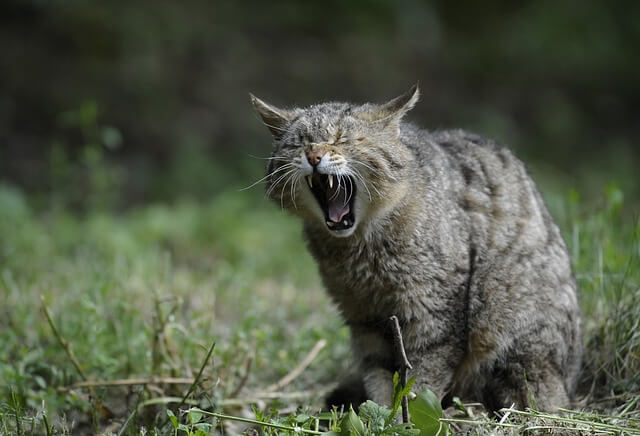
Prevention and prognosis
The best prevention is good oral hygiene and brushing teeth regularly. Dental diets may be prescribed to cats who do not cooperate. Some products like cat dental treats or water additives can also help reduce plaque and calculus. Regular vet checkups are recommended. The prognosis is usually good.
Periodontal disease in cats is easily preventable, but if you do not treat them, it can also cause heart, kidney, and liver disease, and the main problem is that cats with dental problems may not even be present as sick until the disease becomes life-threatening.
Conclusion
Periodontal disease in cats is advanced gingivitis, which includes inflammation, pain, bleeding, loss of bone structure and attachment loss, and tooth root resorption. Consequently, cats can lose their appetite and may have weight loss.
The disease results from many factors, with no breed or sex disposition. Plaque can lead to calculus, irritating the gingiva, and may prograde to stomatitis. Diagnosing includes x-rays because they can show loss of density of teeth alveolas.
Treatment usually includes professional cleaning and antibiotic for the dental infection; clindamycin is recommended.
Periodontal disease may be prevented by daily oral hygiene. Prognosis is good, and regular vet checkups are important.
World Cat Finder Team

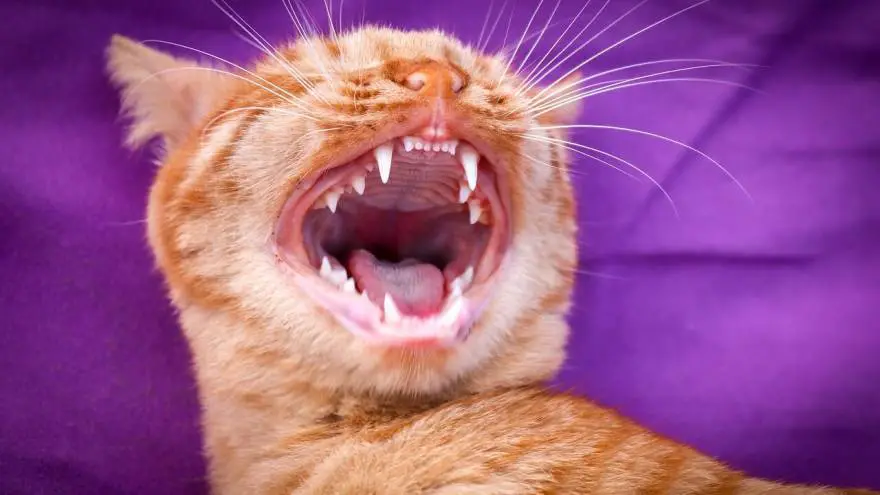
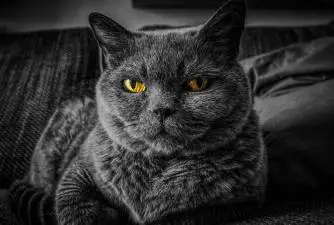




Share